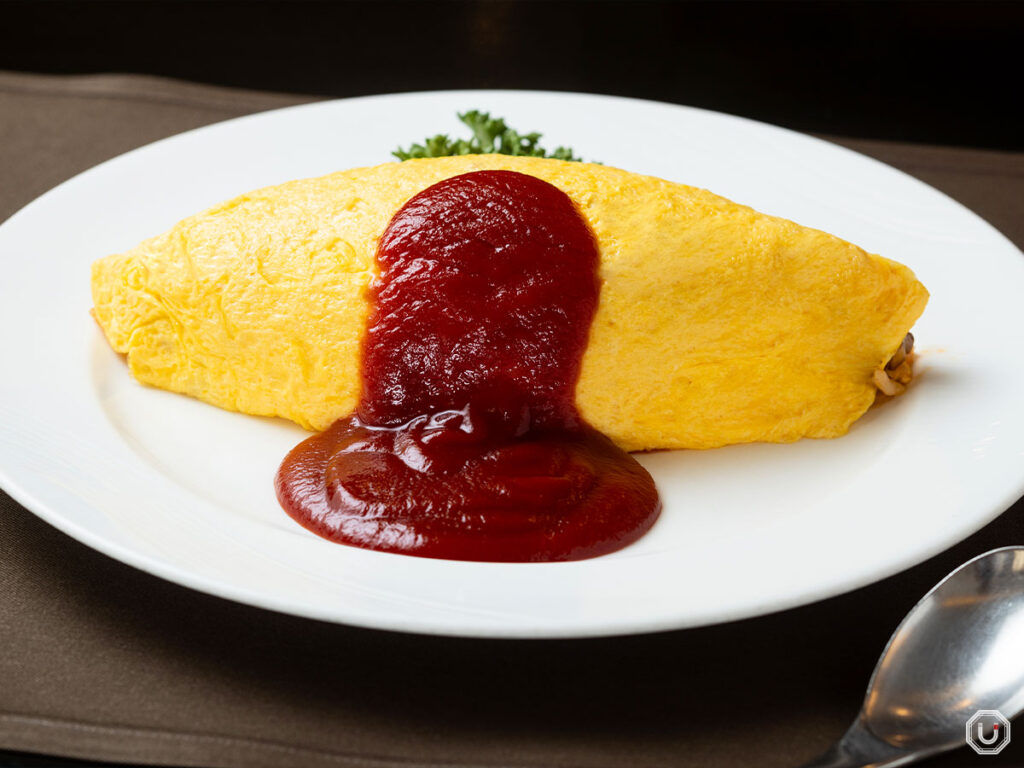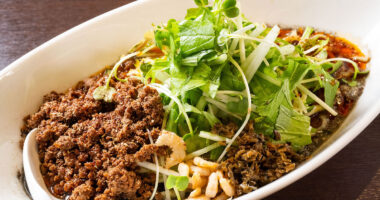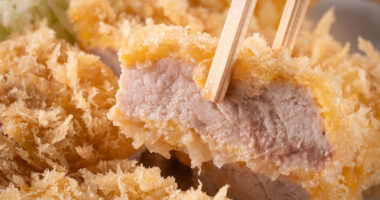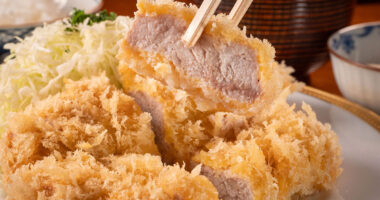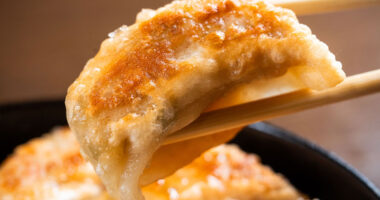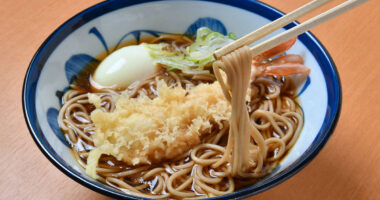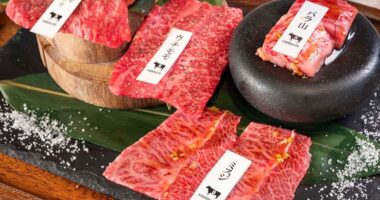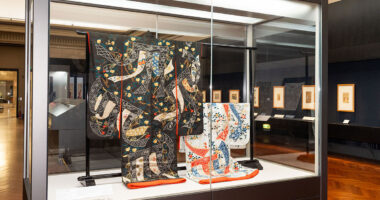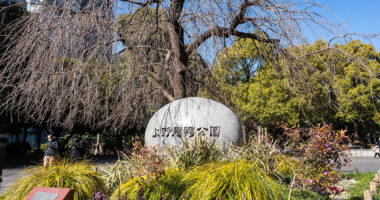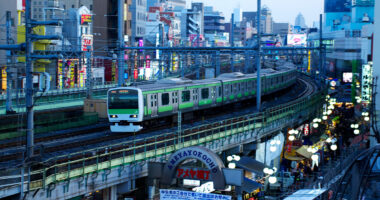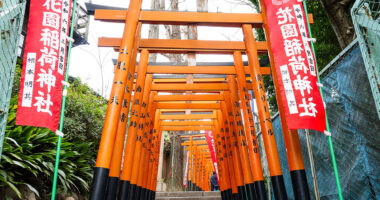Western cuisine was introduced to Japan in the mid-19th century and gradually adapted to suit local tastes, giving rise to yōshoku—a uniquely Japanese genre of Western-inspired dishes.
Among these, omurice, a comforting blend of omelet and ketchup-flavored rice, remains one of the most beloved staples.
At “Yoshoku Kurofunetei,” a long-established restaurant in Ueno, Tokyo, you can enjoy a classic omurice in a refined, retro Japanese setting.
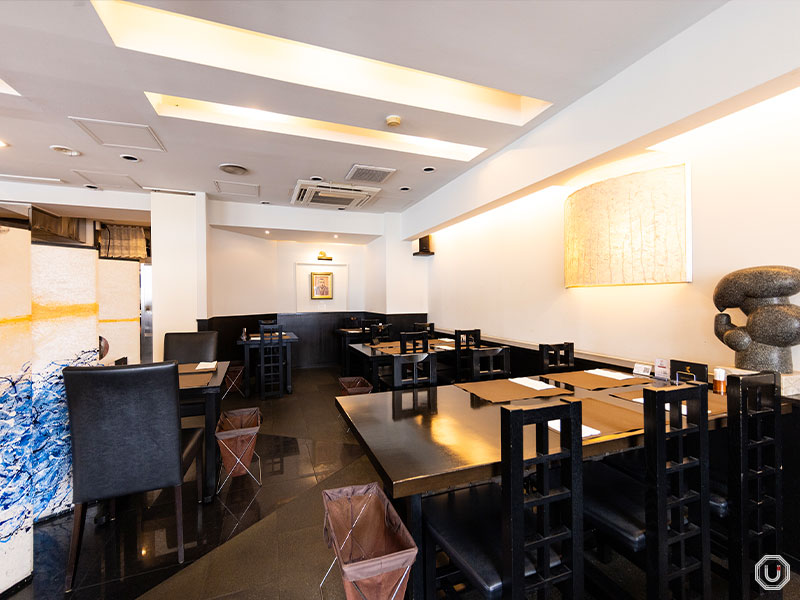
Interior of Yoshoku Kurofunetei
The restaurant traces its roots to a traditional Japanese ryōtei (fine dining establishment) founded in 1902. It later opened as a Western-style restaurant serving imported liquor, and in 1986, it adopted its current name: Yoshoku Kurofunetei.
The ingredients are carefully selected, including Koshihikari rice from Uonuma, Niigata—one of Japan’s most renowned rice-producing regions—and organic vegetables sourced directly from Kyushu.
Grounded in French culinary techniques, the restaurant’s handmade sauces and dishes are tailored to suit the Japanese palate—a dedication to flavor that has captivated discerning food lovers and celebrities alike. Today, that legacy continues.
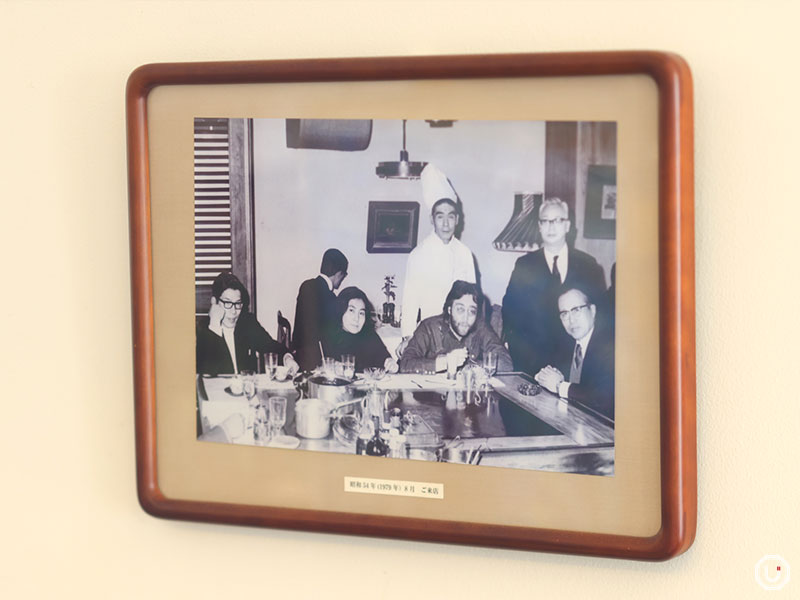
Classic omurice made with a time-honored recipe
Upholding the restaurant’s tradition is 3rd generation Executive Chef Masahiro Ishide, who has been honing his craft at Yoshoku Kurofunetei for over 30 years, starting at the age of 17.
While preserving the traditional flavors, he continues to refine and update the dishes to suit modern tastes—all while maintaining the same handmade quality.
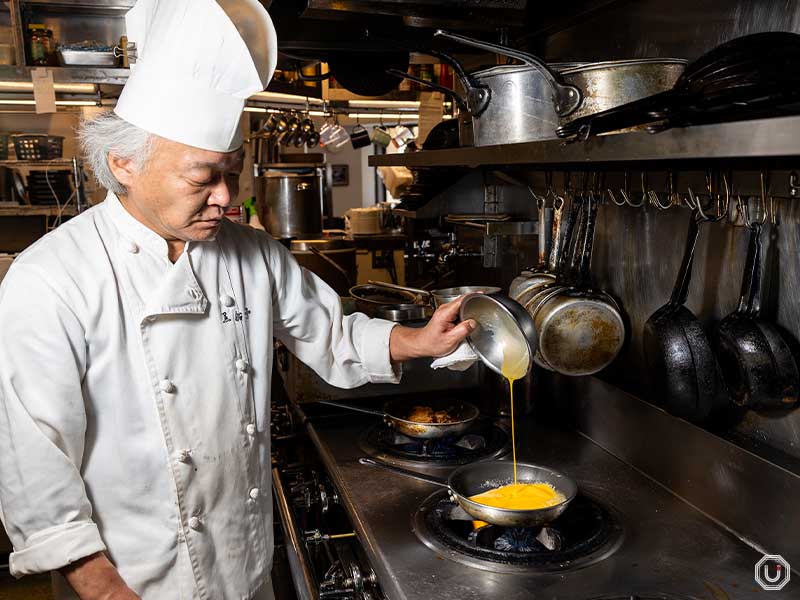
While most omurice recipes use pre-cooked rice stir-fried with chicken, vegetables, and ketchup, Yoshoku Kurofunetei takes a different approach.
They start by sautéing uncooked rice in butter, then simmer it in chicken bouillon and tomato paste, seasoned with salt and pepper.
This process infuses flavor into every grain of rice. The rice is then stir-fried with black tiger shrimp, chicken, fresh mushrooms, and vegetables, with ketchup added as the final touch.
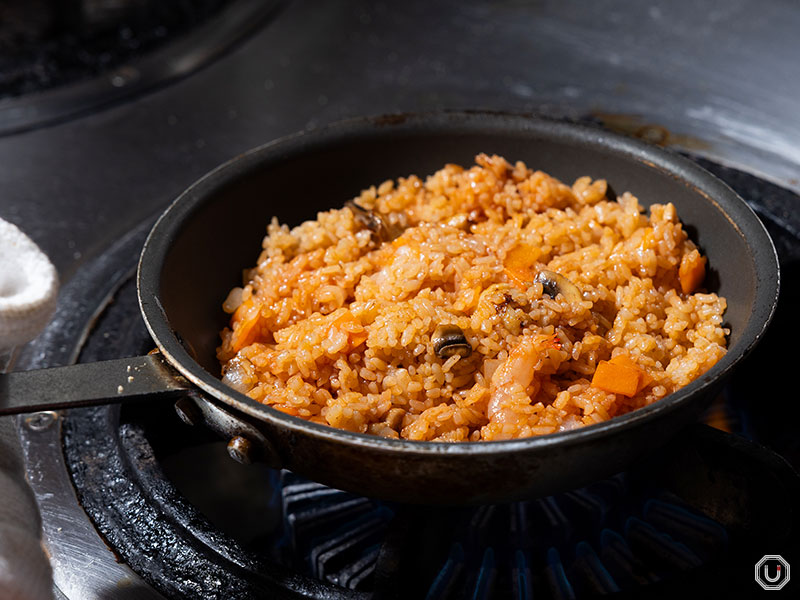
Next comes the egg, which is quickly cooked in butter using a separate pan. Three eggs are used to create a fluffy, tender layer.
This delicate cooking technique is where the chef’s skill really shines.
Finally, the seasoned rice is wrapped in the egg and topped with a generous drizzle of ketchup.
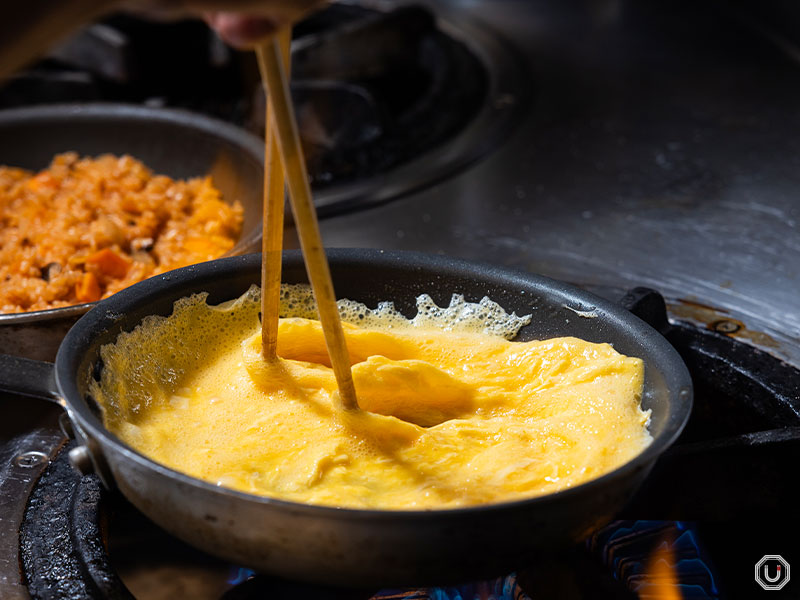
The vibrant contrast between the golden egg and bright red ketchup creates a simple yet sophisticated appearance.
While modern twists on omurice abound, wrapping the rice in a thin omelet remains the timeless standard.
From the first bite, you’ll notice the soft, velvety texture of the egg and its gentle savoriness. The refined flavor of the rice and the subtle tang of the ketchup balance perfectly, creating a comforting dish that brings a smile to your face.
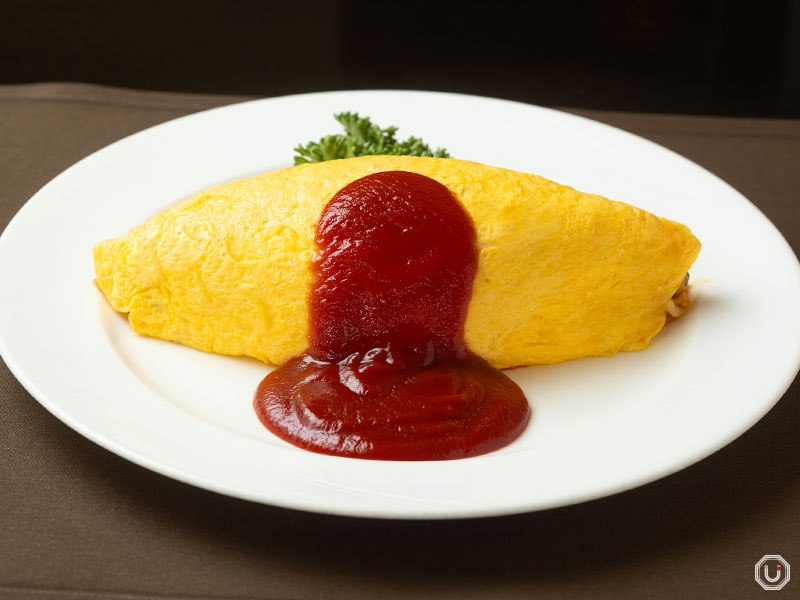
The portion contains a generous 300 grams of rice and plenty of filling, making it a deeply satisfying meal.
For those who want to try other dishes too, a half-size version is also available for 1,500 JPY (tax included).
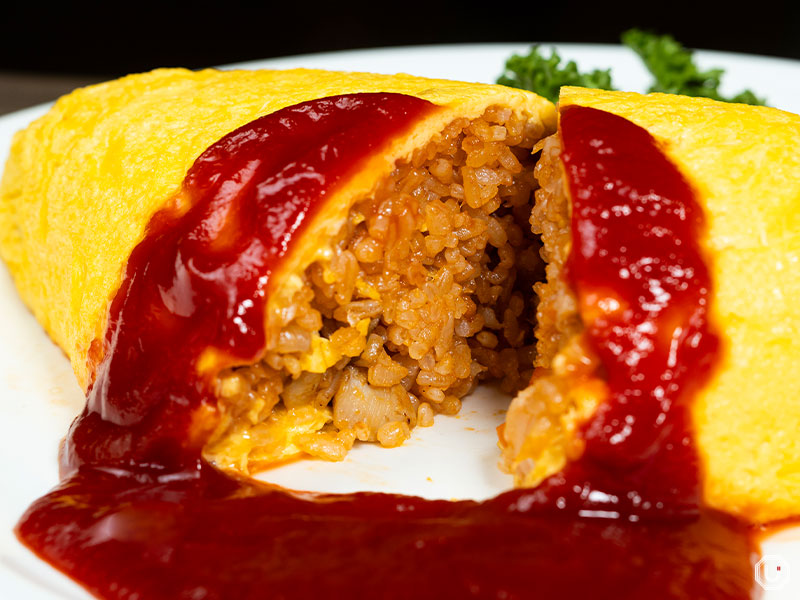
Rich “Hayashi Rice (Beef Hash and Rice)” with deep demi-glace flavor
Alongside the omurice, the restaurant’s other signature dish is their hayashi raisu (translated in English as hayashi rice or hashed beef rice).
This classic yoshoku dish features beef and vegetables simmered in demiglace sauce and served over rice.
At Yoshoku Kurofunetei, beef tendon is first seared and then simmered under pressure to create a rich broth. Onion bouillon and tomato paste are added, and the mixture is slowly cooked. Over the course of about ten days, umami from simmered vegetables and beef stock is layered in through repeated reductions and adjustments.
This deeply developed demiglace sauce is the secret to Yoshoku Kurofunetei’s exceptional hayashi rice.
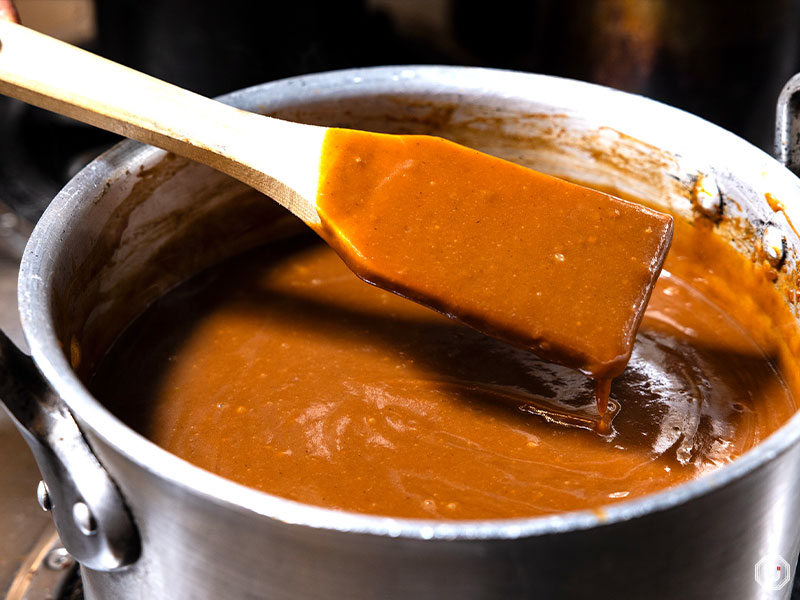
The sauce is further enriched with tomato purée and Worcestershire sauce, then loaded with onions, mushrooms, and wagyu beef.
A finishing touch of fresh cream completes this luxurious dish—Kurofunetei’s pride and joy.

Served over rice, the rich and mellow flavor spreads gradually across your palate.
The savory wagyu, sweet onions, and velvety cream combine into an indulgent harmony you won’t want to stop eating.
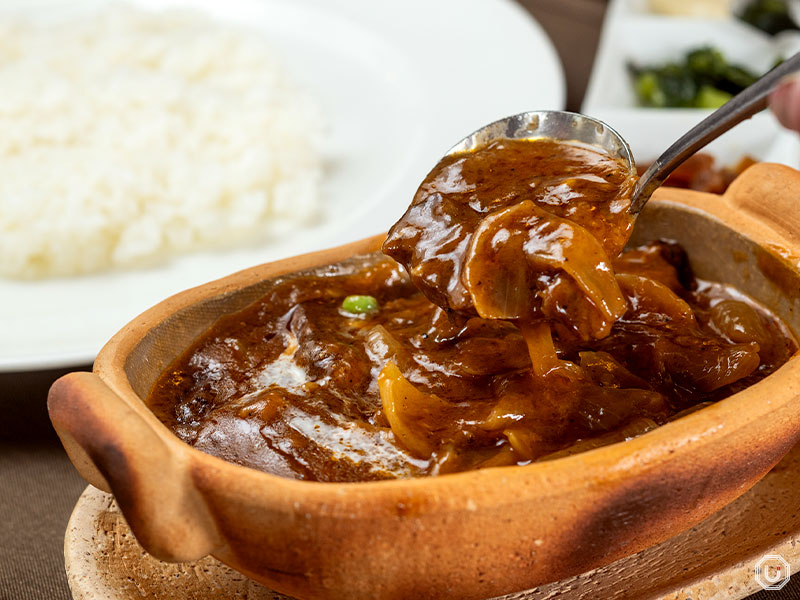
And don’t worry—it’s not bad manners to pour all the sauce over your rice from the start. Just enjoy it however you like.
The dish also comes with three kinds of pickles on the side, so you can enjoy it to the very last bite without getting bored.
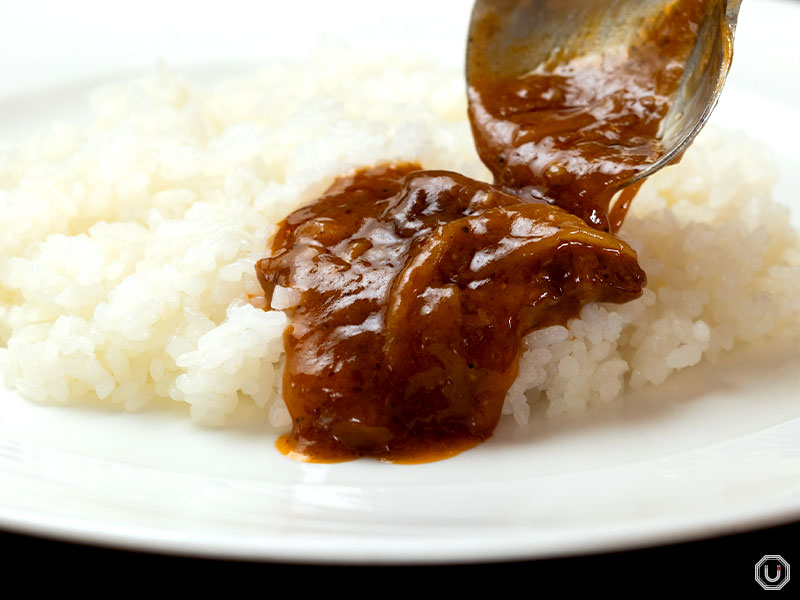
The irresistible appeal of the classic “Crab Meat Croquette”
While Yoshoku Kurofunetei is known for many specialties, one standout recommendation from the Umami Bites team is the “Crab Meat Croquette”
This dish, a type of korokke (from the French word “croquette”), is a yoshoku classic usually made with mashed potatoes and other vegetables, minced meat (or in this case, seafood), breaded and deep-fried.
Crab croquettes are typically made with creamy fillings, but Yoshoku Kurofunetei’s version is packed with tender red snow crab meat for a heartier bite.
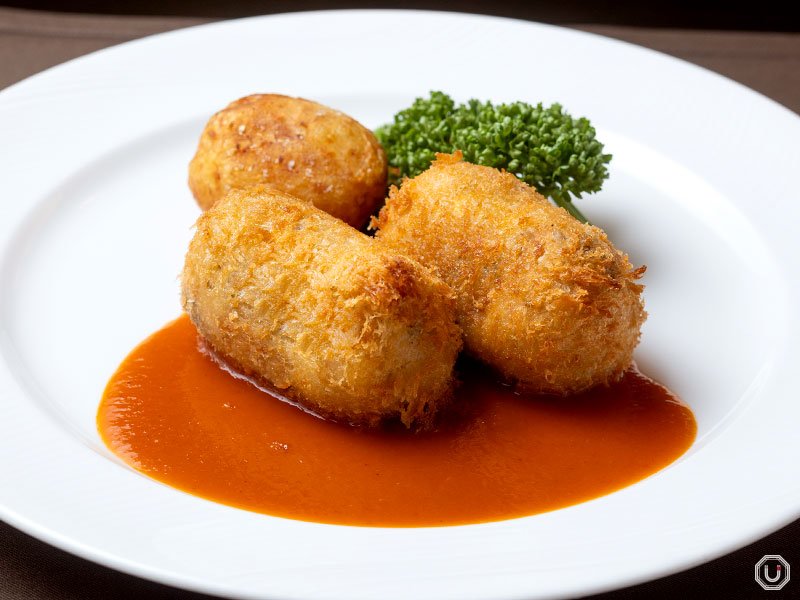
These croquettes pair perfectly with a house-made tomato sauce crafted from several tomato varieties, each selected for their ideal balance of sweetness, acidity, and depth.
Despite its generous size, the croquette remains light on the palate thanks to the use of high-quality oil, making it enjoyable to the last bite.
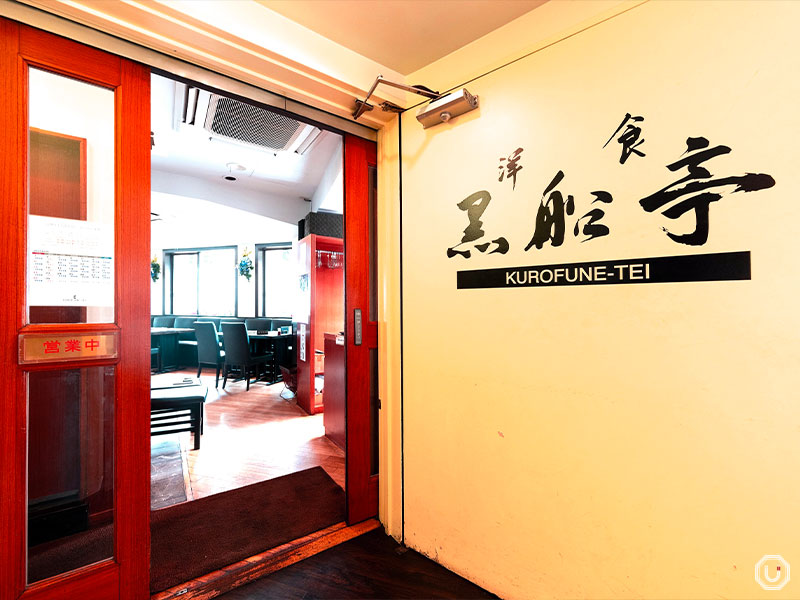
Ueno is home to some of Japan’s most prominent art museums and cultural institutions.
After a day of exploring, why not complete your visit with a taste of history at Yoshoku Kurofunetei?
Information
| Store name | 洋食 黒船亭 Yoshoku Kurofunetei |
|---|---|
| Address | Kikuya Building 4F, 2-13-13 Ueno, Taito-ku, Tokyo
|
| Access |
Keisei Ueno Station Short-walk from Exit C6
Ueno-hirokoji Station 3-minute walk from Exit A3
Ueno Station(UEN) 5-minute walk from Ueno Station Shinobazu Exit
|
| Phone number | 03-3837-1617 |
| Reservations | Accepted Phone, Official website, Tabelog |
| Payment |
|
| Service charge/Table charge | None |
| Hours | Tue-Sun. & nat’l holidays 11:00-14:30、17:00-21:00 |
| Closed | Monday (or the following day if Monday is a national or substitute holiday) |
| Seating | 40 table seats |
| Smoking | All seats are non-smoking |
| Official website | https://www.kurofunetei.co.jp/ |
| Other information |
|
※Menu contents, prices, store information, etc. are current as of July 2025.
